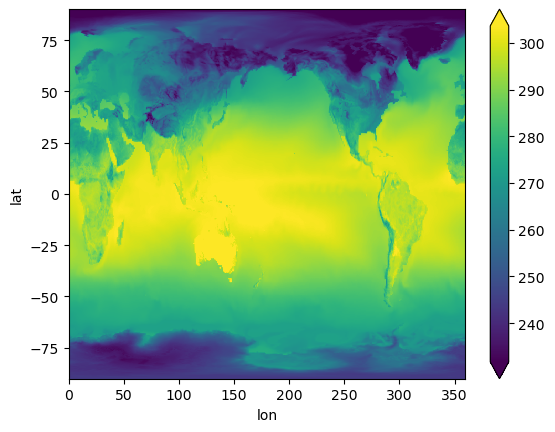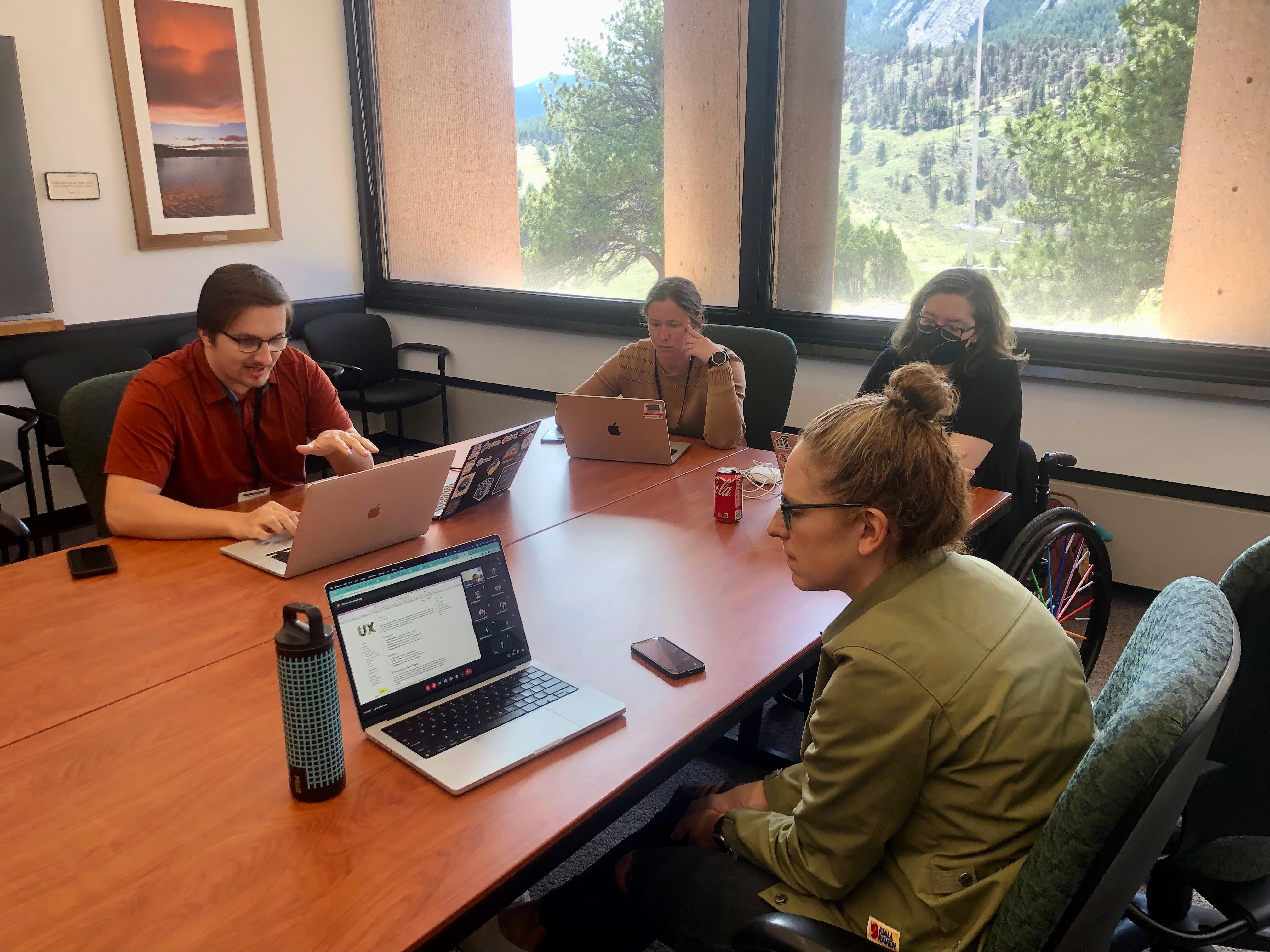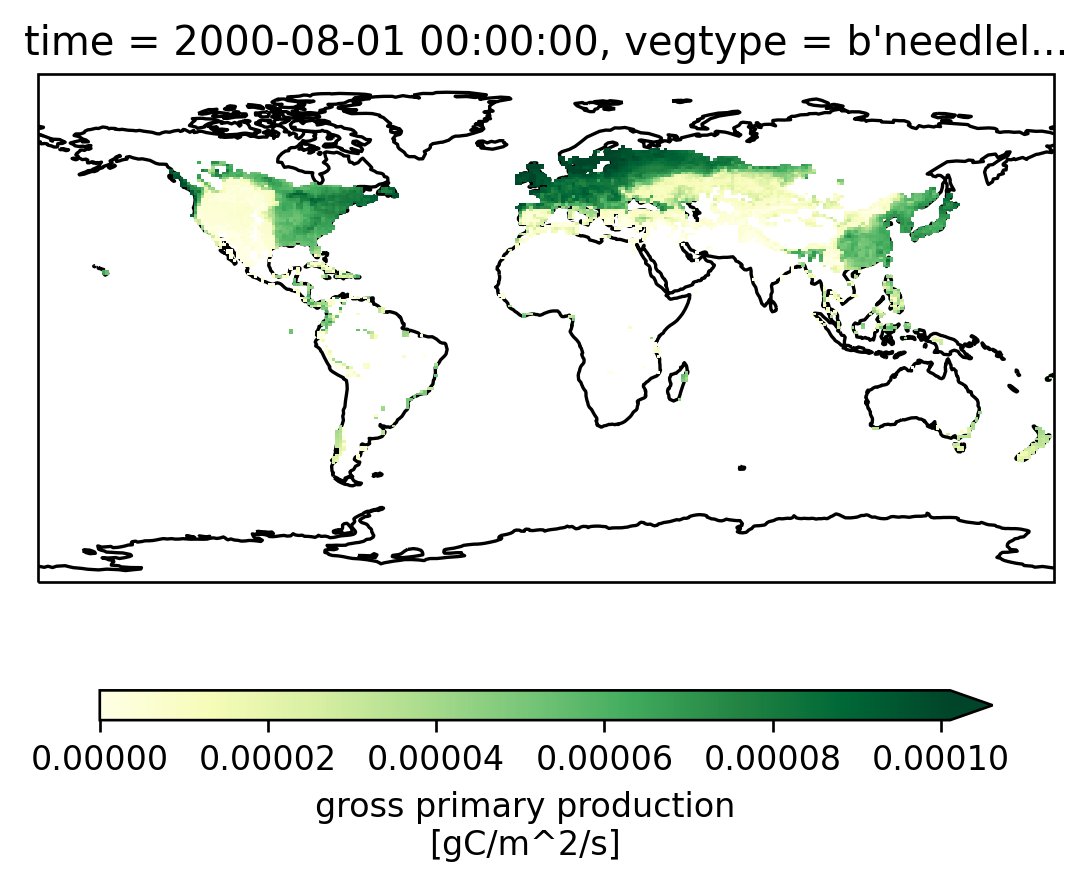Posts by Katie Dagon
Analyzing and Visualizing CAM-SE Output in Python
- 15 August 2023
We demonstrate a variety of options for analyzing and visualizing output from the Community Atmosphere Model (CAM) with the spectral element (SE) grid in Python. This notebook was developed for the ESDS Collaborative Work Time on Unstructured Grids, which took place on April 17, 2023. A recap of the related CAM-SE discussion can be found here.
Regrid CAM-SE output using map file

Recap: Unstructured Grid Collaborative Work Time
- 05 May 2023
ESDS hosted our first Collaborative Work Time event on April 17, 2023. The topic of the session was “Working With Unstructured Grids”. Our goal is to encourage cross-lab collaboration and build lasting science-software partnerships.
The event was hybrid with in-person attendees in the Damon Room at the Mesa Lab. A lucky overlap with the Improving Scientific Software conference, meant that collaborators from the Department of Energy were also able to attend in-person.

Recap of a (Re)Introduction to Earth System Data Science (ESDS) Across NCAR/UCAR/UCP
- 19 December 2022
ESDS hosted a (Re)Introduction to Earth System Data Science (ESDS) Across NCAR/UCAR/UCP on November 10-11, 2022. This blog post serves to consolidate and share resources from that event.
The final agenda from the event can be found here.
Sparse arrays and the CESM land model component
- 24 February 2022
An underappreciated feature of Xarray + Dask is the ability to plug in different array types. Usually we work with Xarray wrapping a Dask array which in turn uses NumPy arrays for each block; or just Xarray wrapping NumPy arrays directly. NumPy arrays are dense in-memory arrays. Other array types exist:
sparse for sparse arrays
